Tyrosine Kinase
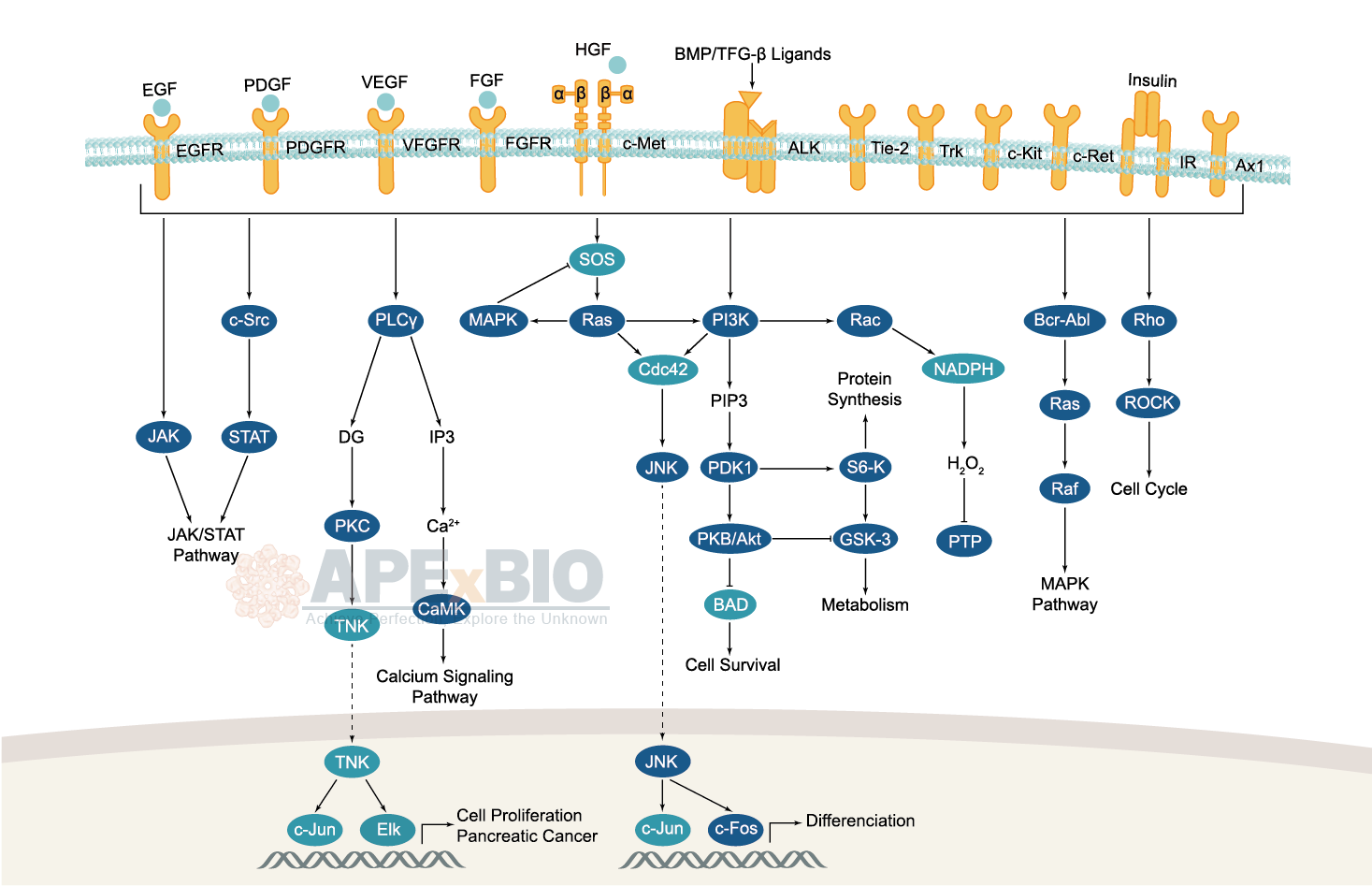
Receptor tyrosine kinases bind to extracellular ligands/growth factors, which promotes receptor dimerization and autophosphorylation of receptor tyrosine residues. This triggers a cascade of downstream events through phosphorylation of intracellular proteins that ultimately transduce the extracellular signal to the nucleus, causing changes in gene expression. Receptor tyrosine kinases include EGFR/ErbB, PDGFR, VEGFR, FGFR and MET subfamilies etc. Dysfunctions in tyrosine phosphorylation are linked to oncogenic transformation. In additions, various adaptor and effector proteins couple to carboxy-terminal of an active kinase. For instance, binding of the GRB2 adaptor protein activates EGFR and MAPK/ERK signaling.
Non-receptor tyrosine kinases involve many well-defined proteins (e.g. the Src family kinases, c-Abl, and Jak kinases) and other kinases which regulates cell growth and differentiation. For example, Src family kinases are curial for activating and inhibitory pathways in the innate immune response.
-
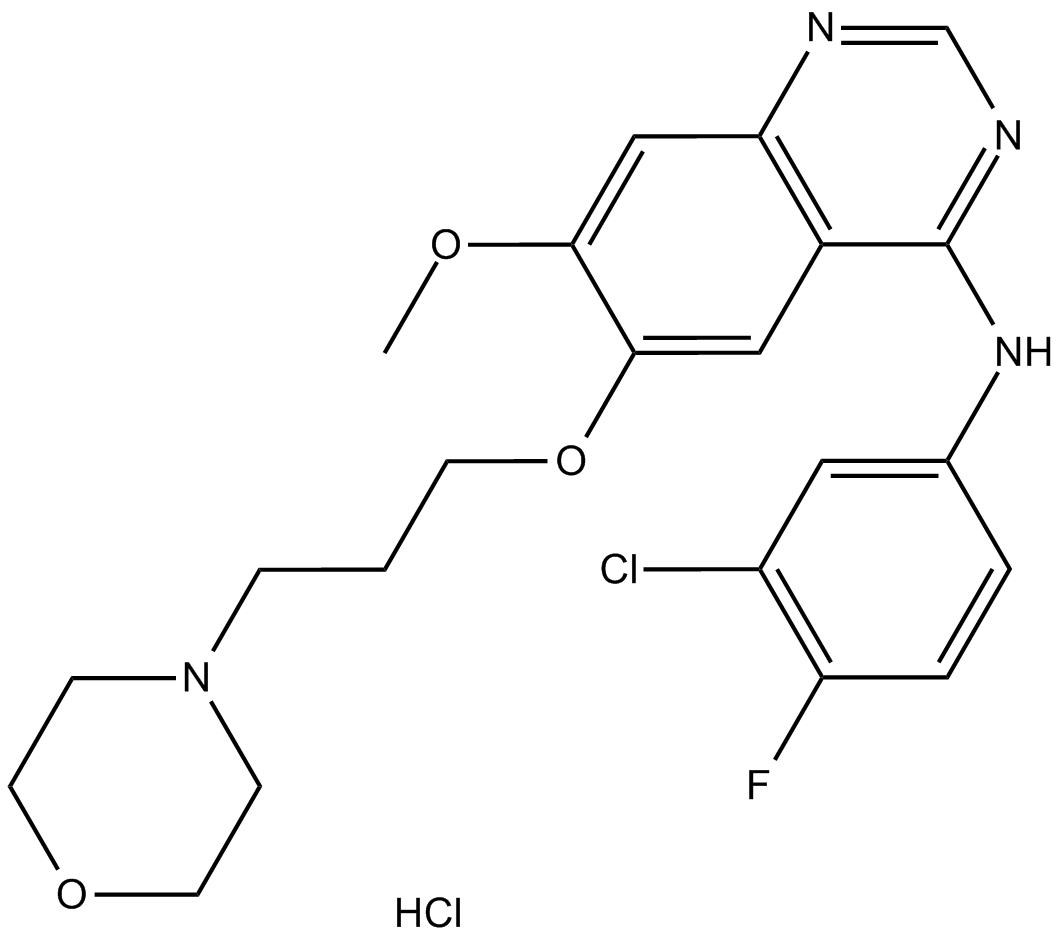 A3433 Gefitinib hydrochlorideTarget: EGFRSummary: Potent EGFR inhibitor
A3433 Gefitinib hydrochlorideTarget: EGFRSummary: Potent EGFR inhibitor -
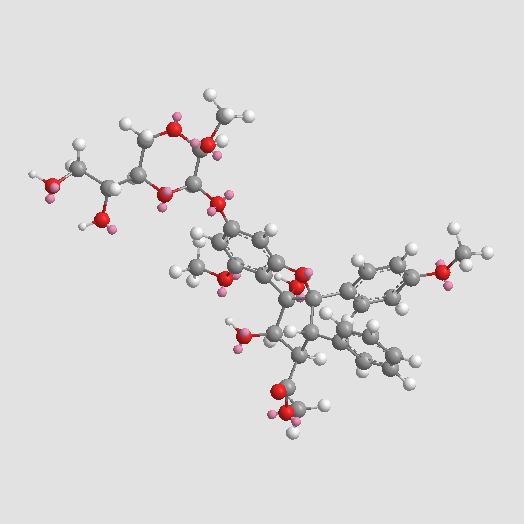 A3818 SilvestrolSummary: Antineoplastic
A3818 SilvestrolSummary: Antineoplastic -
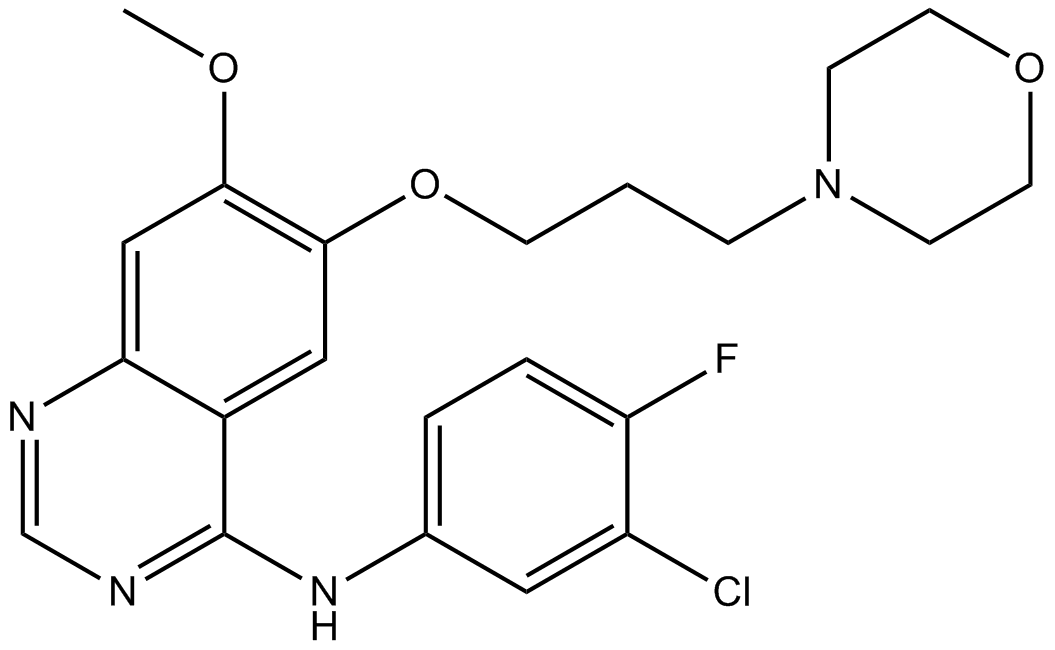 A8219 Gefitinib (ZD1839)3 CitationTarget: EGFRSummary: Selective EGFR inhibitor
A8219 Gefitinib (ZD1839)3 CitationTarget: EGFRSummary: Selective EGFR inhibitor -
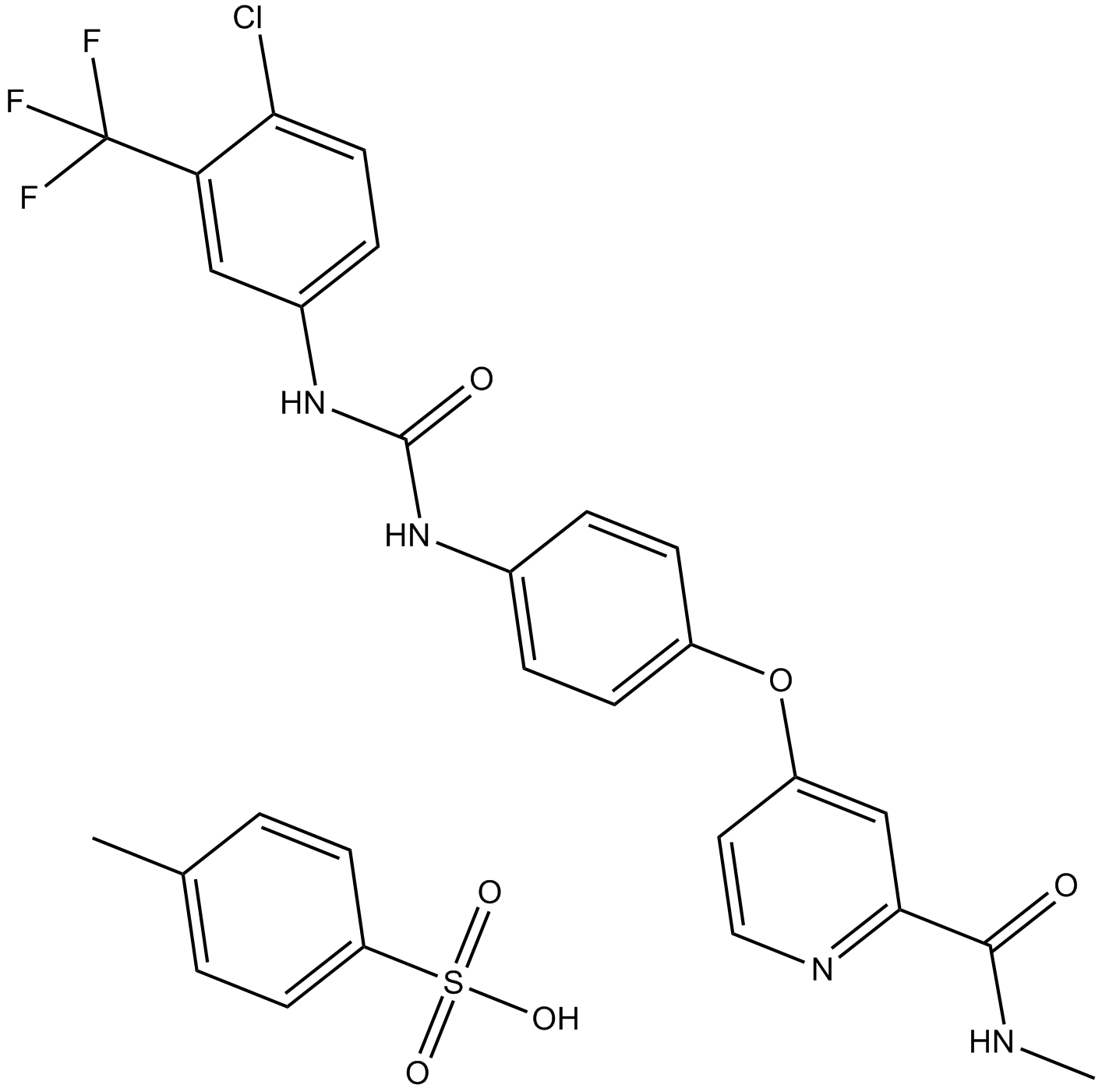 A8245 Sorafenib Tosylate1 CitationTarget: Raf|VEGFRSummary: Raf kinases and tyrosine kinases inhibitor
A8245 Sorafenib Tosylate1 CitationTarget: Raf|VEGFRSummary: Raf kinases and tyrosine kinases inhibitor -
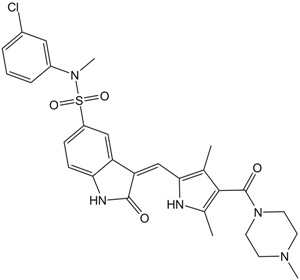 A2678 SU112742 CitationTarget: METSummary: C-Met inhibitor,potent and selective
A2678 SU112742 CitationTarget: METSummary: C-Met inhibitor,potent and selective -
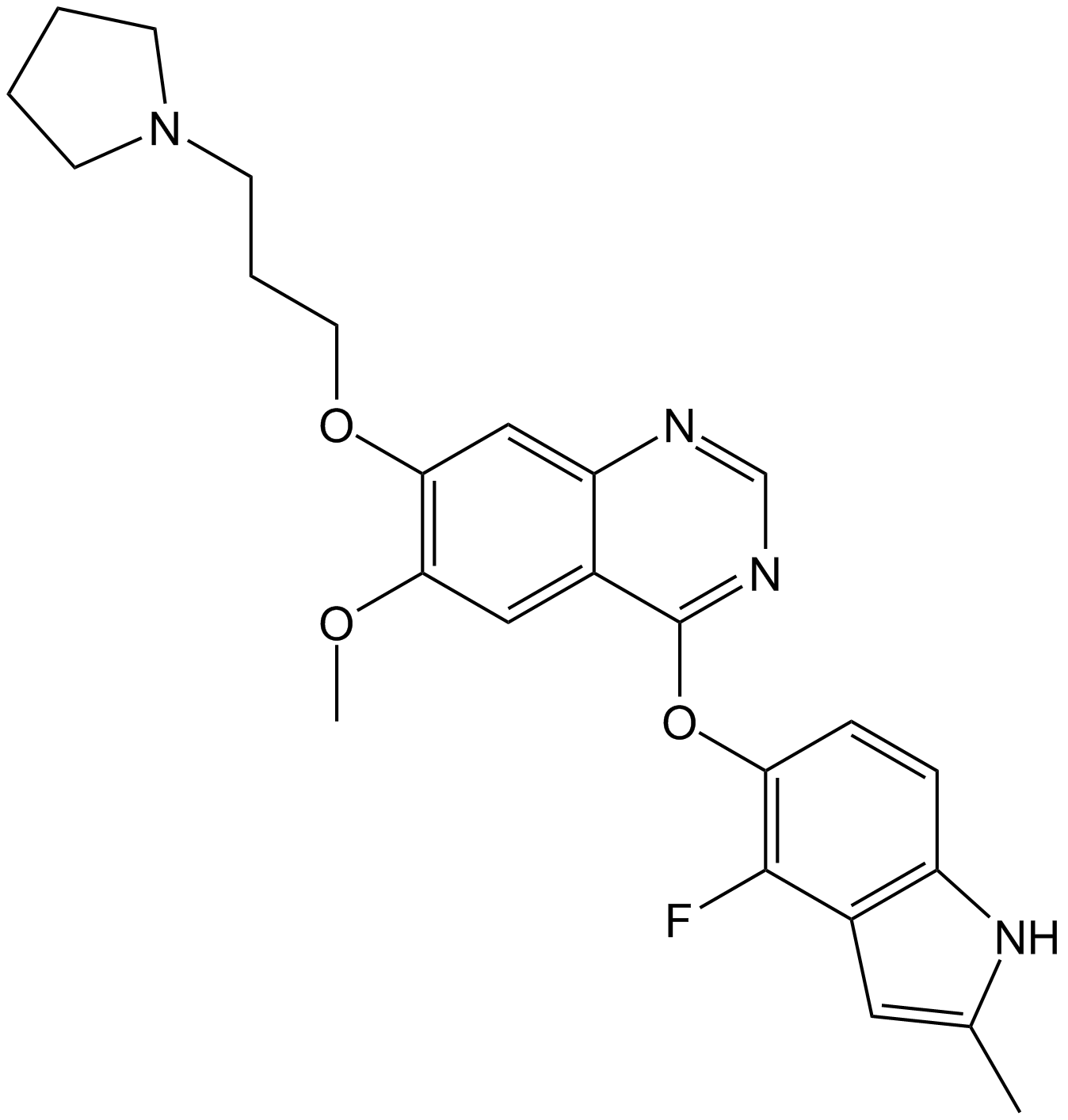 A1882 Cediranib (AZD217)Target: VEGFRSummary: VEGFR inhibitor receptor,highly potent
A1882 Cediranib (AZD217)Target: VEGFRSummary: VEGFR inhibitor receptor,highly potent -
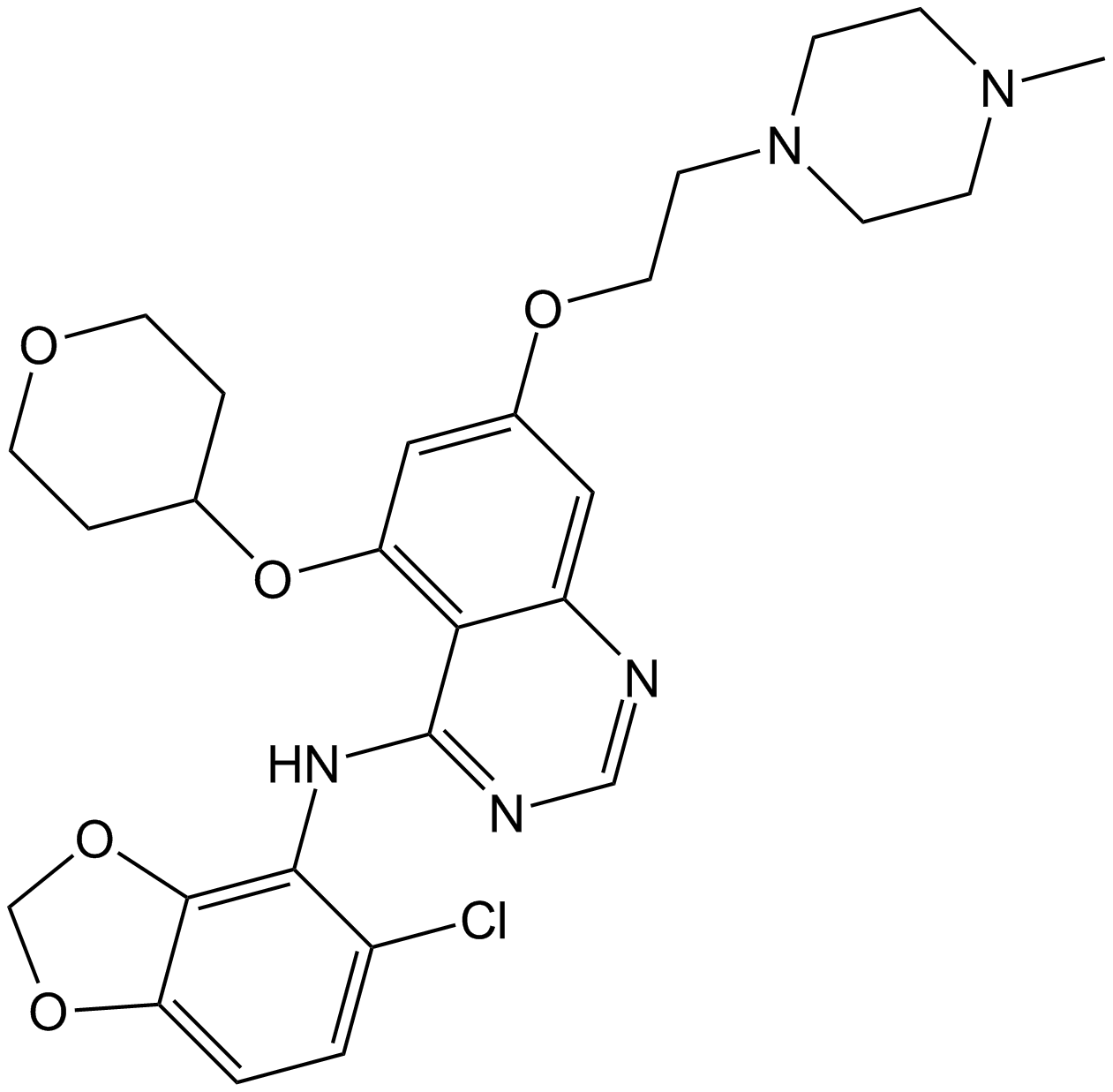 A2133 Saracatinib (AZD0530)3 CitationTarget: SrcSummary: Src/Abl inhibitor,potent and selective
A2133 Saracatinib (AZD0530)3 CitationTarget: SrcSummary: Src/Abl inhibitor,potent and selective -
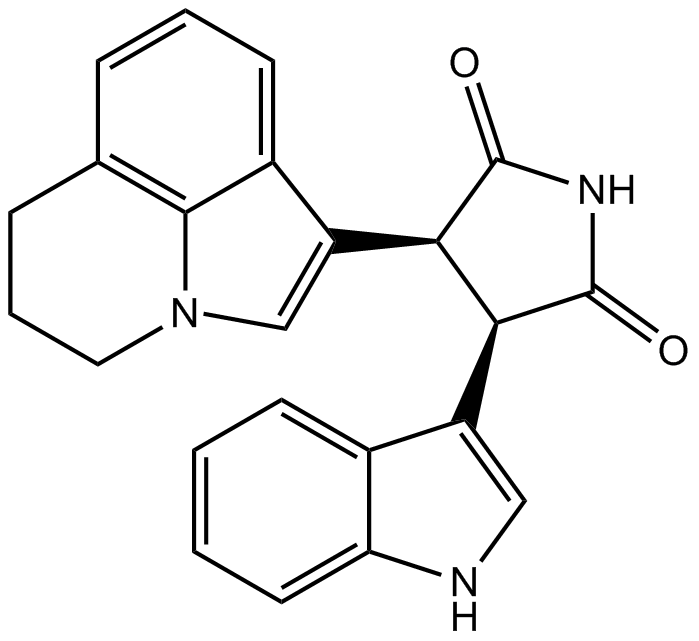 A8325 Tivantinib (ARQ 197)2 CitationTarget: METSummary: C-Met inhibitor,non-ATP-competitive
A8325 Tivantinib (ARQ 197)2 CitationTarget: METSummary: C-Met inhibitor,non-ATP-competitive

